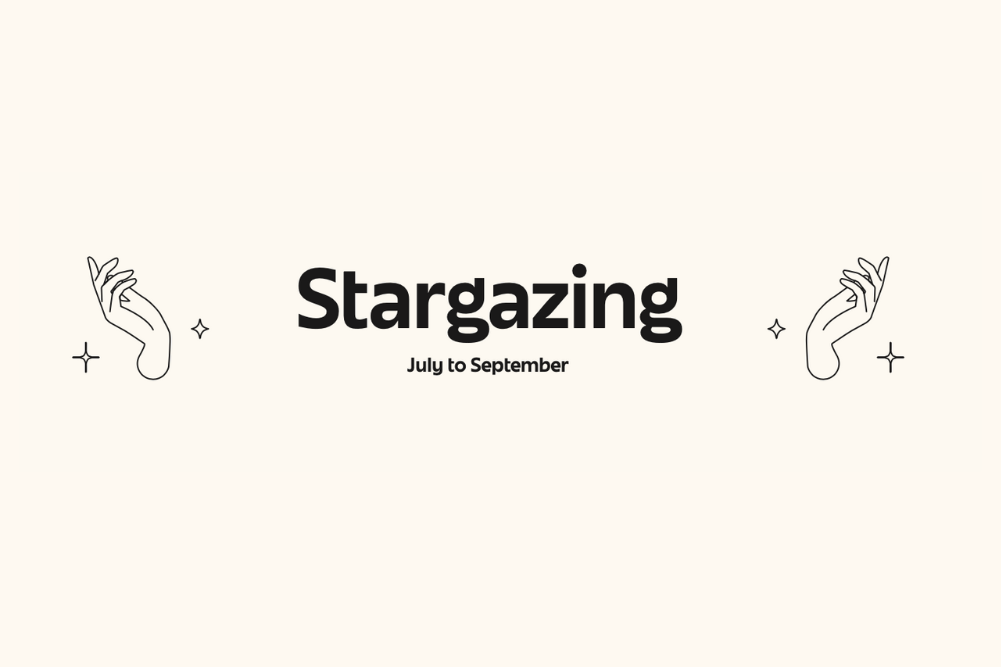Happiness found
Happiness is a goal we all strive towards, but have you stopped to think about exactly what “happiness” is to you? Is it being in love? Is it buying a new car? Is it living in your dream town? Or is it engaging in your favourite hobby? Let’s dig a little deeper beyond the top-of-mind imagery to discover the true meaning of happiness.
Happiness: that thing we all want. You want it. Yet what is it? The easiest thing to begin with is to dispense with some of the popular misconceptions. For a start, happiness is not shopping. Despite everything that advertising tries to make you believe, you will not “become” happy by purchasing something. In fact, the evidence is that advertising is a major cause of unhappiness because it seeks to make people feel a sense of lack in their life. Of course, advertising agencies only have that power if you put any credence at all in any of their spruiking. Sling away slogans (there’s one for your T-shirt) and you won’t be open to the depredations that advertising can wreak in your psyche.
If you ask a politician, they will tell you that happiness for individuals lies in economic growth, a perpetually burgeoning gross domestic product (GDP). For mainstream politicians of all sides, the accepted mantra is to deliver the best possible quality of life for us all by concentrating on a growing economy. Growth, growth and growth are the underpinnings of all government planning. There is plenty of evidence to confirm that economic growth and wealth do not equate to happiness. That leaves us with the question of what happiness is, and many researchers and philosophers have tried to come up with an answer. What they’ve often been seeking is the true meaning of happiness beyond material indicators and temporary highs.
Reasons to be happy
Marci Shimoff is the author of Happy for No Reason, a book that resulted from her interviews with scores of scientists and 100 people that she identified as “unconditionally happy”. As a result of all her research, Shimoff concluded that there is a continuum of happiness. At one end are people who are “unhappy”, then there are those who are “happy for a bad reason”, those who are “happy for a good reason” and those who are “happy for no reason”.
According to Shimoff , there are distinct characteristics for each of these points along the happiness spectrum. She says of the “unhappy” segment, “life seems flat. Some of the signs are anxiety, fatigue, feeling blue or low”. Then there are the people who are happy for a bad reason. These people “often try to make themselves feel better by indulging in addictions or behaviours that may feel good in the present but are ultimately detrimental… This kind of happiness is hardly happiness at all. It is only a temporary way to numb or escape our unhappiness through fleeting experiences of pleasure”.
A little further along the spectrum lie those who are happy for a good reason, and Shimoff says that these are the people that we usually identify as happy. These are people experiencing the pleasure of “…having good relationships with our family and friends, a nice house or car or using our talents or our strengths well.” While Shimoff says there is nothing intrinsically wrong with this kind of happiness, “Relying solely on this type of happiness is where a lot of our fear is stemming from these days. We’re afraid the things we need to be happy may be slipping from our grasp.” Her work challenges us to rethink what we chase and to consider the true meaning of happiness from a deeper psychological and spiritual lens.
That is why Shimoff advocates being happy for no reason at all as the most genuine form of happiness. She is not the first to advocate this as it is a principle found in many religious teachings.
Anywhere you go…
The Roman poet Horace observed, “You can change a man’s skies, but you can’t change his soul.” If you don’t have the inner environment to be happy, changing your external environment won’t make you happy, either.
It is also devastatingly disempowering to believe that your happiness lies in your circumstances. Many times in life, it will be beyond your ability to change the world around you. Yet you always have the capacity, although it can be difficult at times, to change your internal way of being. This shift is central to discovering the true meaning of happiness, which lies in cultivating peace within rather than seeking control over the outside world.
Matthieu Ricard is a Buddhist monk and author of Happiness: A Guide to Developing Life’s Most Important Skill. Ricard says, “Happiness is not limited to a few agreeable sensations, intense pleasure or a burst of joy. Rather, it is a way of being and of experiencing the world; a profound fulfilment that suffuses every instant of life and endures despite the inevitable daily hazards we encounter.”
According to Ricard, “Genuine happiness is being in a deep sense of fulfilment that arises from an exceptionally healthy mind; a way of being that pervades all emotional states and gives us the inner resources to deal with whatever comes our way.”
Creating happiness
If you want to cultivate happiness within, then it becomes important to identify the inner conditions that lead to genuine happiness as well as identifying those that destroy it. Ricard says, “We must cultivate the states of mind that favour authentic happiness and eliminate the afflictive thoughts and emotions that undermine it. This requires determination and perseverance… If happiness is the ‘goal of goals’, we therefore need to identify and cultivate the inner conditions for genuine wellbeing — altruism, compassion, inner strength, freedom and peace. Simultaneously, we need to gradually phase out from our mind the mental toxins, hatred, craving, mental confusion, arrogance and envy, which destroy our own happiness and that of others.”
Happiness then is not a transient state, no butterfly of emotion briefly inhabiting a sunny field of flowers. There is a fundamental quality of mind that is always present in instances of true happiness. That is why meditation is so closely linked with ideas of happiness. By no means is meditation your only path to happiness, but the objective of meditation is certainly consistent with happiness. Happiness requires familiarity with your mind and how it works. Out of that familiarity and knowledge of yourself can arise an inner state that corresponds with what we describe as happiness. That familiarity can be achieved in many ways, but meditation is an ancient, and scientifically proven, method.
Ricard observes, “The Tibetan word gom, which is usually translated as ‘meditation’, more precisely denotes ‘familiarisation’, while the Sanskrit word bhavana, also translated as ‘meditation’ means ‘cultivation’. Meditation is not about sitting quietly in the shade of a tree and relaxing in a moment of respite from the daily grind; it is about familiarising yourself with a new vision of things, a new way to manage your thoughts, of perceiving people and experiencing the world.”
Happiness is not an event that might happen to you, or a thing you acquire. Happiness is a state of being waiting for you to create it. Go for it.








